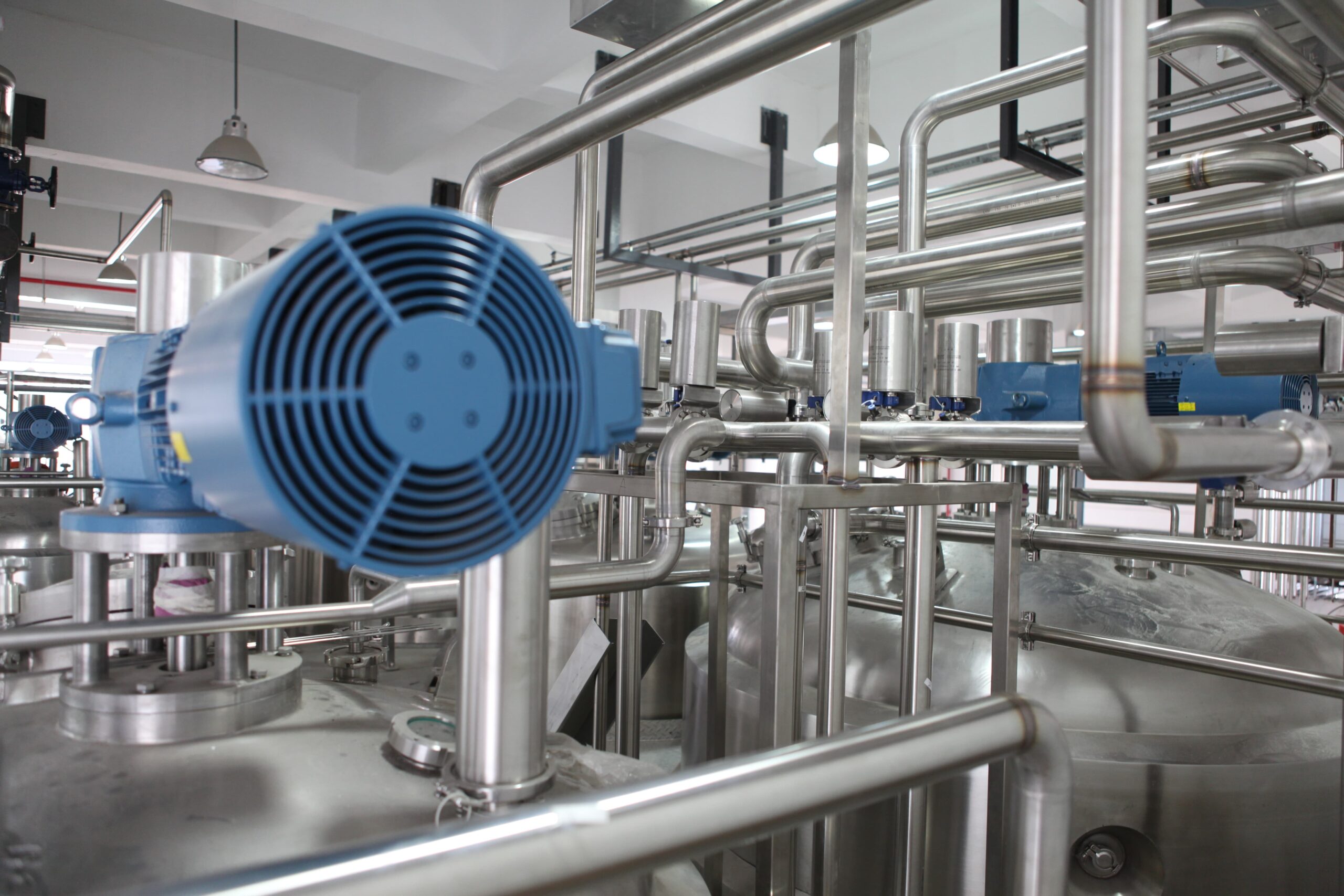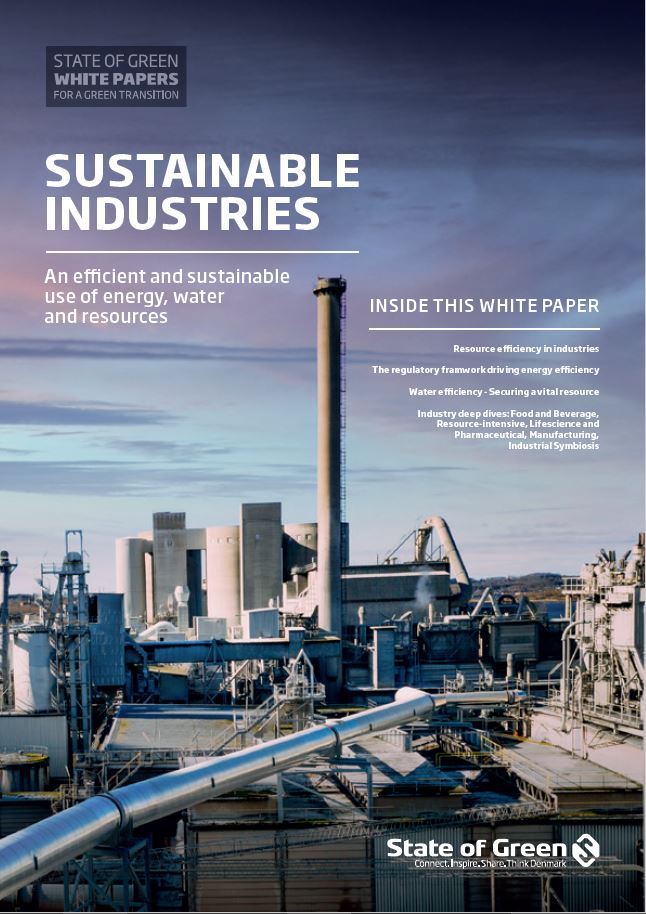Download our publication on sustainable industries
This article is part of our publication ‘Sustainable industries’.
Download nowPerspective
Industry


Population increases, growing demand for food and climate change have created an immense challenge. If we are to feed the world’s growing population while solving climate challenges, there is a need for innovative solutions and new technologies.
By 2050, the world’s population will number approximately 10 billion. With 10 billion hungry mouths to feed, the demand for food will increase sharply. Projections from The Food and Agriculture Organization of the United Nations, FAO, indicate that by 2050, a 70 per cent increase in current food production will be necessary. Already today, the global food industry faces an important task as, according to the IPCC, food production accounts for 24 per cent of the world’s CO2 emissions. The solution is to find ways to produce more food and beverages whilst using less resources such as water and energy. In essence, to develop new methods that ensure food production leaves a smaller climate footprint.
The food industry and the beverage industry in particular, are major consumers of water, responsible for approximately 20 per cent of industrial water consumption worldwide. This sector will therefore face growing pressure from politicians and other groups to reduce their water usage in order to preserve good quality freshwater. Increasingly, the situation will be that water is not available in the quality and quantity required for food processing and cleaning processes.

This article is part of our publication ‘Sustainable industries’.
Download nowWater, energy and food production are inextricably linked. Food and agriculture are the largest consumers of water, requiring one hundred times more than we consume for personal needs. Industry is interested in solutions to reduce water and energy consumption. When implementing control systems and working systematically with water usage, it creates a spillover effect, leading to awareness of energy consumption, which in turn, is often followed by energy savings measures. The aim of sustainable production design is to ensure each unit of production consumes less water and energy, resulting in lower CO2 emissions.
An energy and water efficient food industry is not only important for climate reasons. Internal and external pressures on the food and beverage industry to reduce prices and marginal costs means instituting efficiency measures can create a tangible competitive advantage. Many food and beverage companies started to implement energy efficiency measures years ago and an increasing number of companies regard their energy efficiency efforts as ongoing activities for continuous improvement. In Denmark, the food sector’s energy consumption fell by almost 32 per cent from 1973 to 2017. In the
same period, production value increased by 60 per cent, demonstrating it is possible to produce more with less.
solutions
Combined heat and power production
+6
solutions
Energy efficiency in buildings
+2